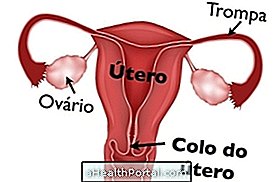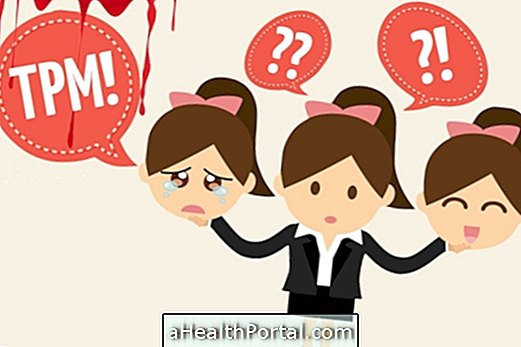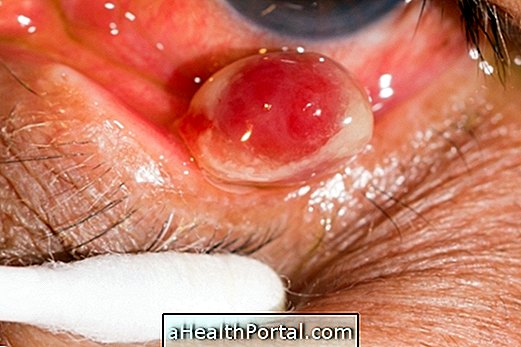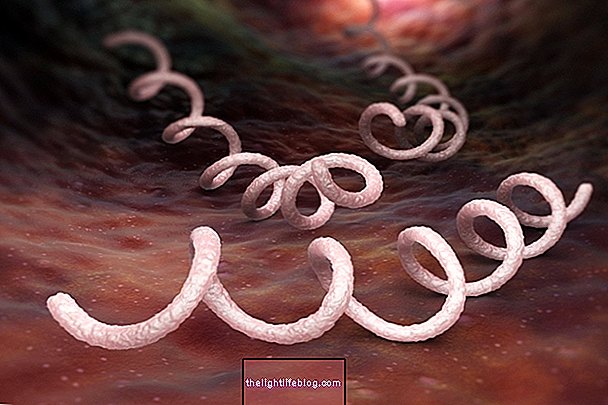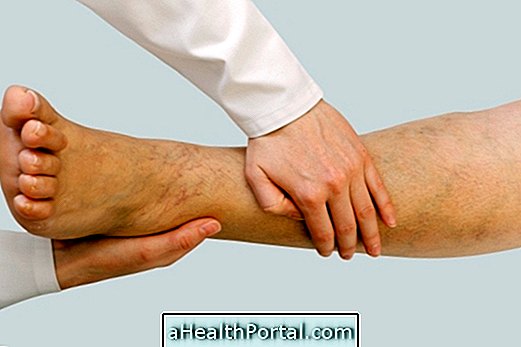There is still no cure for endometriosis, however, gynecologist-led treatment helps relieve symptoms, especially pain, excessive bleeding, and infertility.
Treatment for endometriosis can be done with the use of analgesics, hormones or surgery, depending on the severity of the disease and whether the woman intends to become pregnant or not.

1. Remedies for Endometriosis
The best drug treatment to relieve the symptoms of endometriosis is the use of a contraceptive pill to prevent ovulation and prevent inflammation of the endometrial tissue that is growing outside the uterus. However, this treatment can only be done in women who are not thinking of becoming pregnant. In these cases, the gynecologist usually recommends:
- Oral Contraceptives or Mirena IUDs: help regulate and reduce menstrual flow by preventing the growth of endometrial tissue inside and outside the uterus;
- Anti-Hormone Remedies: like Zoladex or Danazol, which reduce the production of estrogen by the ovaries, avoiding the menstrual cycle and preventing the development of endometriosis.
In women who intend to become pregnant, it is usually recommended to use analgesics or anti-inflammatories, such as Ibuprofen or Naproxen, to reduce inflammation and reduce pain and bleeding, especially during the menstrual period.
Here are the recommended treatments for getting pregnant with endometriosis.
2. Surgery for Endometriosis
Surgery for endometriosis is the first choice of treatment in cases of severe endometriosis that causes the exaggerated growth of endometrial tissue outside the uterus, severe pain or fertility problems.
Surgery to treat endometriosis serves to remove endometrial tissue that has implanted outside the uterus, reducing symptoms and enabling pregnancy. This surgery can be done by laparoscopy, in mild cases of the disease, in which there is little endometrial tissue outside the uterus and it is not necessary to remove organs, reducing recovery time.
Learn more about how surgery for endometriosis is done and what the risks are.
When it is necessary to remove the uterus and ovaries
In some cases, surgery may be used to remove the ovaries and uterus, but this is usually only used in very severe endometriosis or when the woman does not wish to become pregnant.
See what surgery is to remove the uterus and ovaries.
Consequences of endometriosis
The consequences of endometriosis vary according to its location and whether it is mild, moderate or severe. The main consequences of untreated endometriosis are:
- Formation of adhesions in the abdominal organs;
- Difficulty of conceiving, Infertility;
- Commitment of organs such as ovaries, uterus, bladder and intestines.
Endometriosis is characterized by growth of endometrial tissue within the abdomen. Endometrial tissue is one that grows inside the uterus and prepares it for the arrival of the baby and when this does not happen, it dissolves into menstruation.
In endometriosis this tissue may be adhered to the outside of the ovary, uterus, bladder, intestine, or anywhere near this region. It is responsive to hormones and also bleeds during menstruation, and because of this the disease generates symptoms as many cramps during menstruation and in the most severe cases, inflammation and adhesions because this "menstruation" have nowhere to go.



